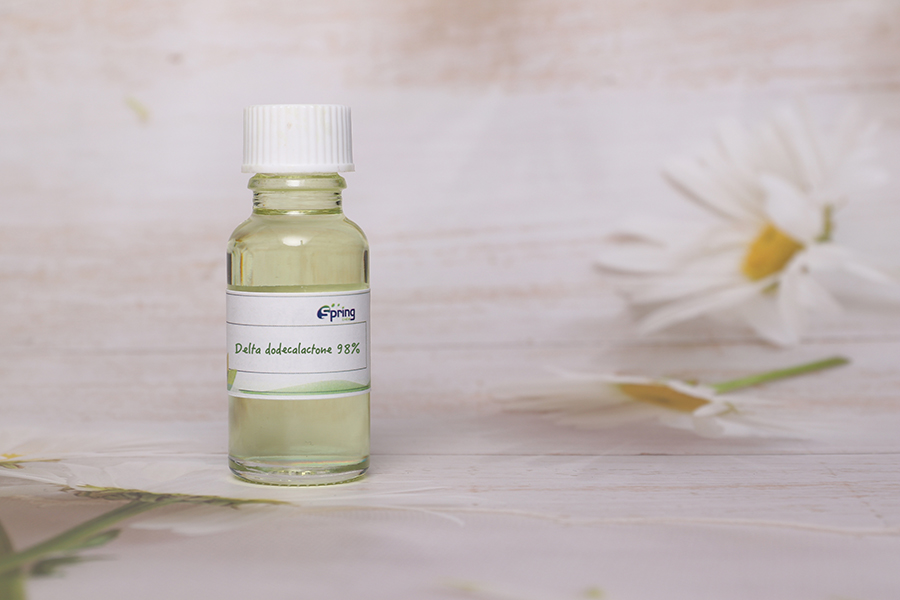Delta dodecalactoneand is well suited to dairy flavor, a category that limits our perception of the possibilities of this interesting ingredient. The challenge with all dairy flavors is cost. Both delta dodecalactone and and delta decalactone are very expensive, especially from natural sources. At first glance, delta decalactone has a much stronger aroma and seems to be the better "value for money" option. Life is not that simple, and since delta dodecalactone has a stronger flavor effect, the choice is also complicated. To reproduce a truly authentic overall effect in dairy flavors, it is often necessary to use more delta dodecalactone than delta decalactone, which greatly increases the cost.
When trying to decipher the analysis, it is worth noting that there are quite a few alternative names for this component, some of which are not so obvious, such as 6-heptyl oxan-2-one, 1, 5-Dodecanolide, and 6-heptyl tetrahydro-2H-pyran-2-one being the most common.
In addition to the difficulty of determining the cost of dairy flavor categories, the considerations governing the use of delta dodecalactone may be quite different. The relative importance of taste effects is enhanced, often making it a better choice than delta decalactone.
Dairy flavor
Butter: Cost factors play an important role in all butter flavors. Six thousand ppm of delta dodecalactone will produce a real taste effect, but may need to be subordinated to costing.
Cheese: Cheese taste is not a big deal. Natural cheeses are obviously high in lactones, but their importance in overall taste effects pales in comparison to fatty acids. Two to three hundred ppm of this ingredient works well and does not increase the cost.
Post time: Dec-26-2024


